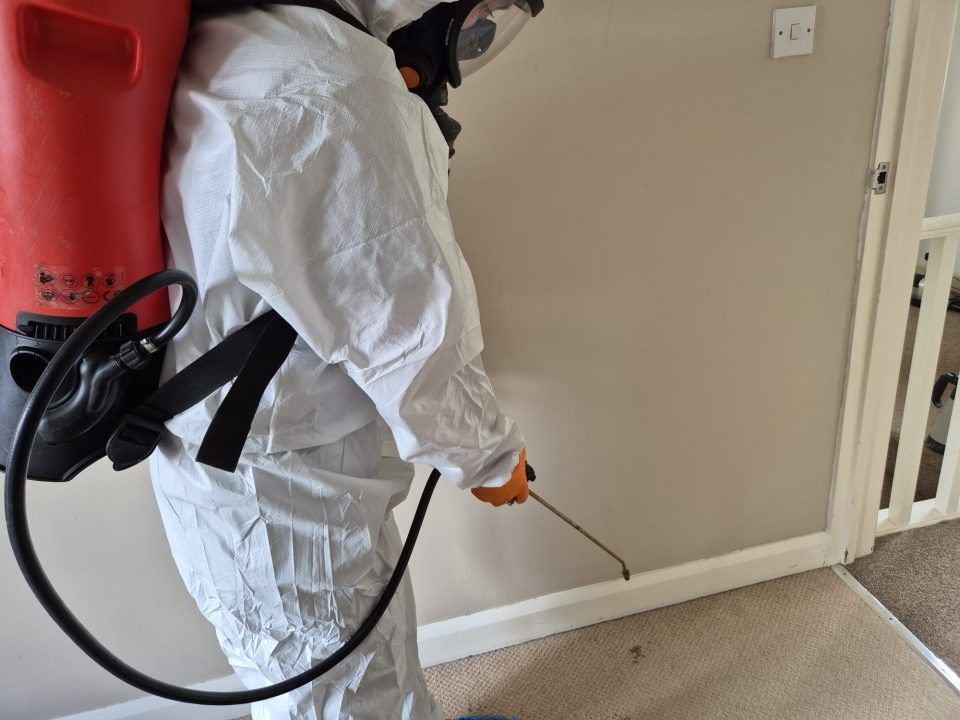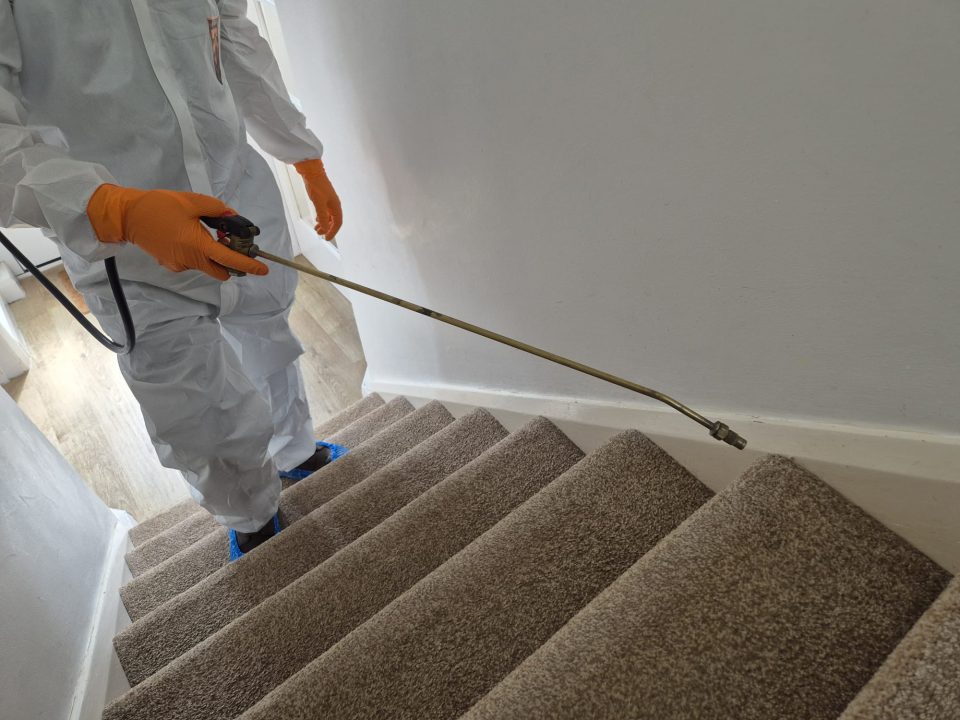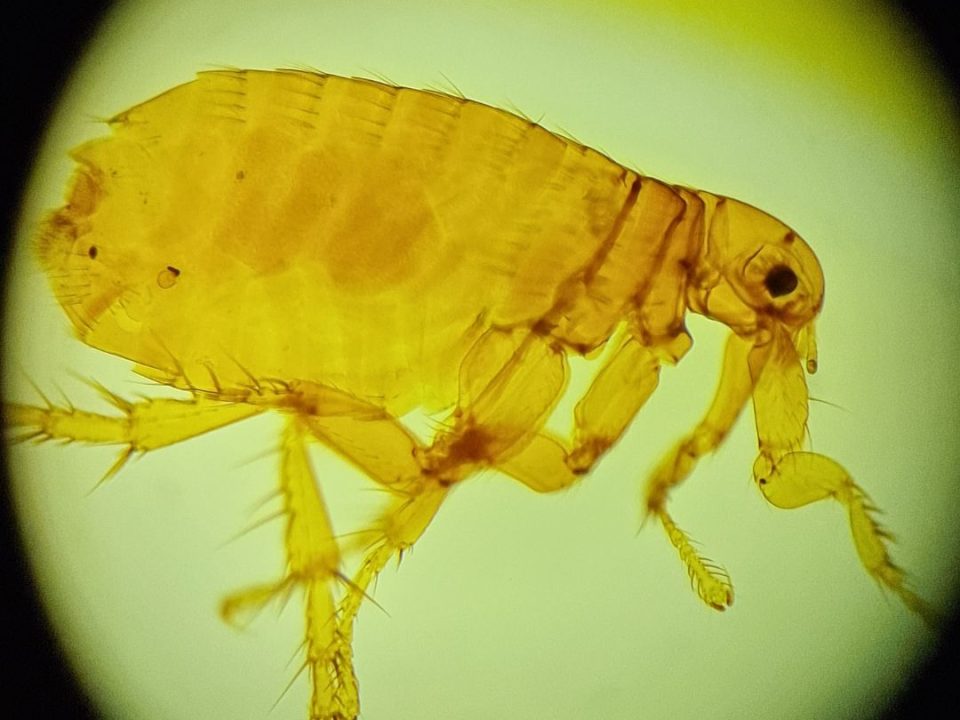
How To Get Rid of Fleas

Bee or Wasp? Spot the Difference Before You Dial a Pest Controller
Rats & Drains: Why 80 % of UK infestations start underground
Home‑owners often ask why rats suddenly appear in the loft when the bin store is spotless. The answer is usually below ground. Britain’s sewer network is a vast rodent habitat: estimates put the national rat population at about 80 million (The Guardian), and drainage specialists reckon a large slice – tens of millions – spend their entire lives inside pipework and chambers. When that pipework fails, the rats simply follow the fault up into our buildings.

How Drain Defects Let Rats In
The British Pest Control Association reports that around 80 % of residential rat problems originate from defective drainage (BPCA). In older vitrified‑clay systems slight ground settlement can pull a joint apart; a 20 mm step at the rest‑bend (the bend at the foot of a soil stack) is plenty of room for a Norway rat (Rattus norvegicus) to squeeze through. Hoppers that carry kitchen waste often suffer surface erosion, creating a ready‑made burrow point, while a dropped rest‑bend on an external stack lets rats tunnel along the footings and pop up inside the cavity wall.
Newer PVC drains are smooth and well‑sealed when fitted correctly, but shortcuts such as flexi‑connectors, grinder‑cut access holes or plastic bags stuffed into redundant lines hand rodents an invitation. PVC itself poses no chewing challenge; it’s the joint that usually fails first.
Terraced or Semi‑Detached? Expect Some Detective Work
Shared and overlapping laterals make it tricky to know whose drain is at fault. The quickest clue is to test‑bait every accessible manhole with non‑toxic dyed grain; blue droppings in one chamber and not the next tell us which line is active. From there we can trace the run and plan a camera survey.
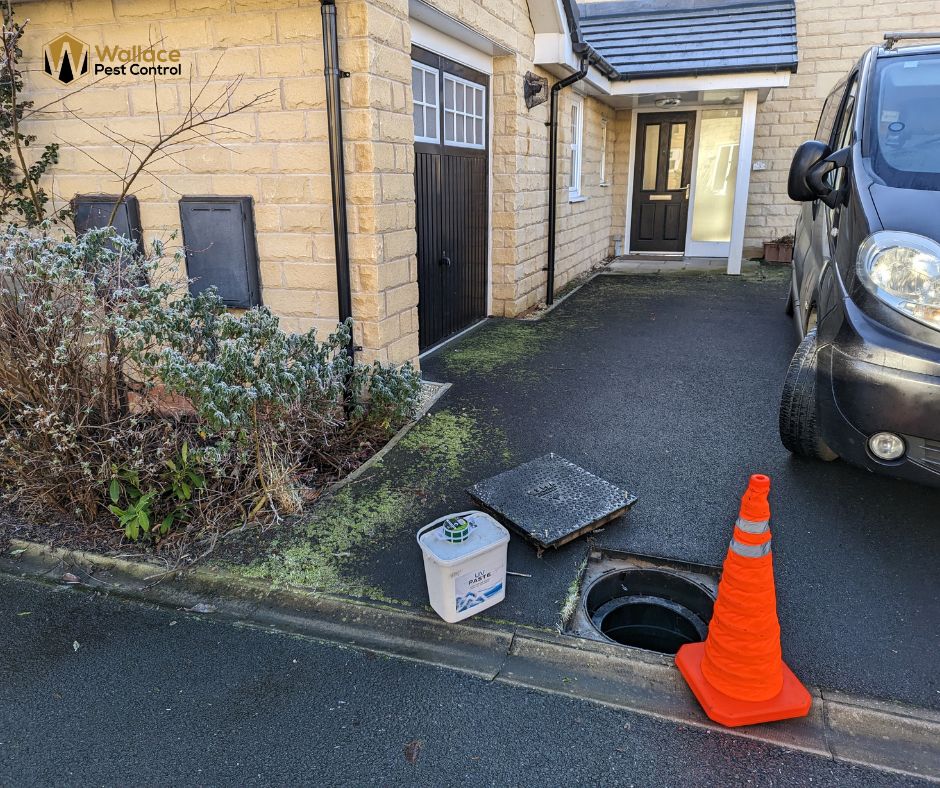
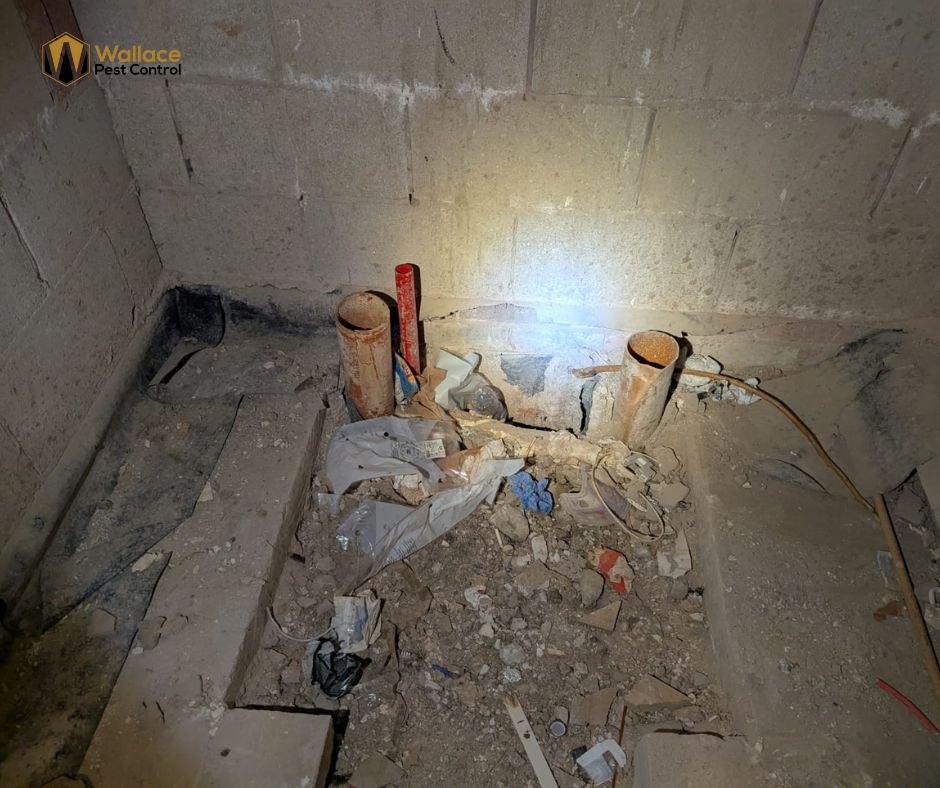
Rat‑gates: useful, but only as a stop‑gap
Where a CCTV survey isn’t immediately possible, a stainless‑steel one‑way rat gate can be installed (subject to water‑company approval) to hold the problem at bay. The flap lets effluent out but blocks rodents from running upstream. Treat it as breathing space, not a cure: wipes, fatbergs and “flushable” wipes frequently jam the mechanism, and you’ll still need a repair.
Modern diagnostics beat guesswork
A proper CCTV drain survey by a contractor who understands rodent ingress (we recommend ratdetection.com) will map every section, identify displaced joints, and highlight subsidence you can’t see from the surface. Fix the defect—usually with a patch liner or excavation—and the rats lose their highway.
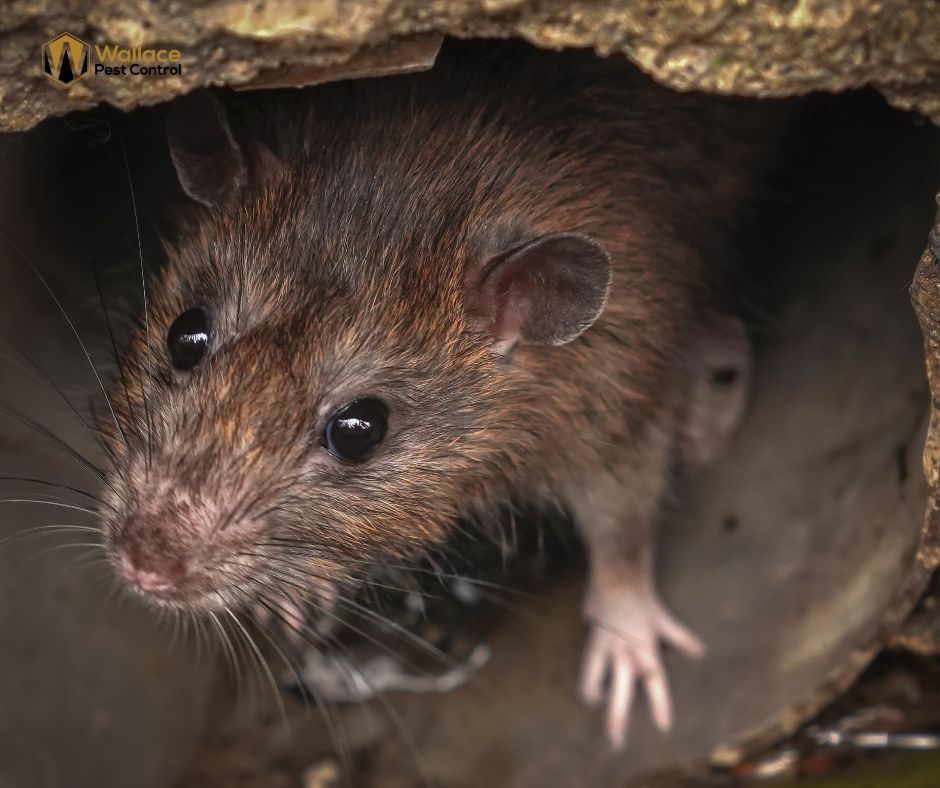
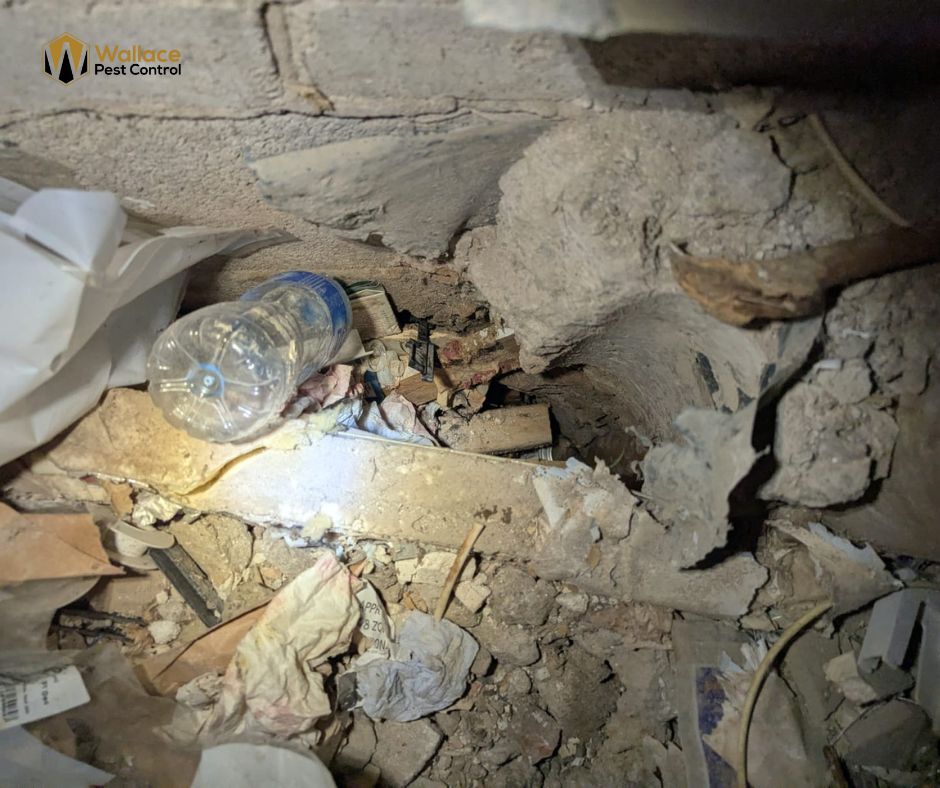
Key take‑aways
- Most UK rats live in or move through sewers; if you hear them upstairs, think downwards first.
- Drain faults cause four out of five indoor rat infestations.
- In clay systems look for misaligned collars; in PVC look for bodged joints.
- Test‑bait manholes to narrow the suspect line, then commission CCTV.
- Rat‑gates buy time, not peace of mind—permanent repairs still matter.
What we can do — and how we can buy you time
We don’t run CCTV cameras ourselves, but we work alongside drain‑diagnostic specialists every week. While you’re waiting for a full survey, we can fit a stainless‑steel rat gate (one‑way valve) for £280 all‑in. It clips into the outgoing pipe, keeps waste flowing, and blocks rodents from running back up to the weak spot. It’s a stop‑gap, not a cure—but it stops the midnight scratching while the permanent repair is arranged.
If you’re still not sure where the noise is coming from, book our Pest Survey for £60. We’ll trace ingress points above ground, test‑bait manholes, and leave you with a written action plan—no guesswork, no hard sell.
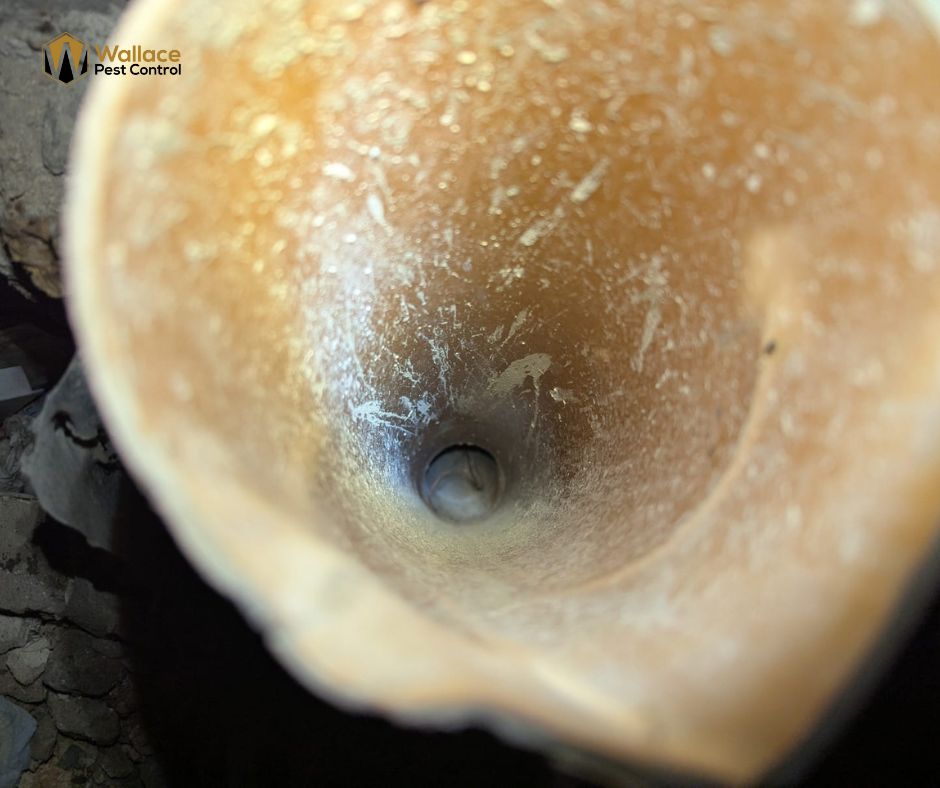
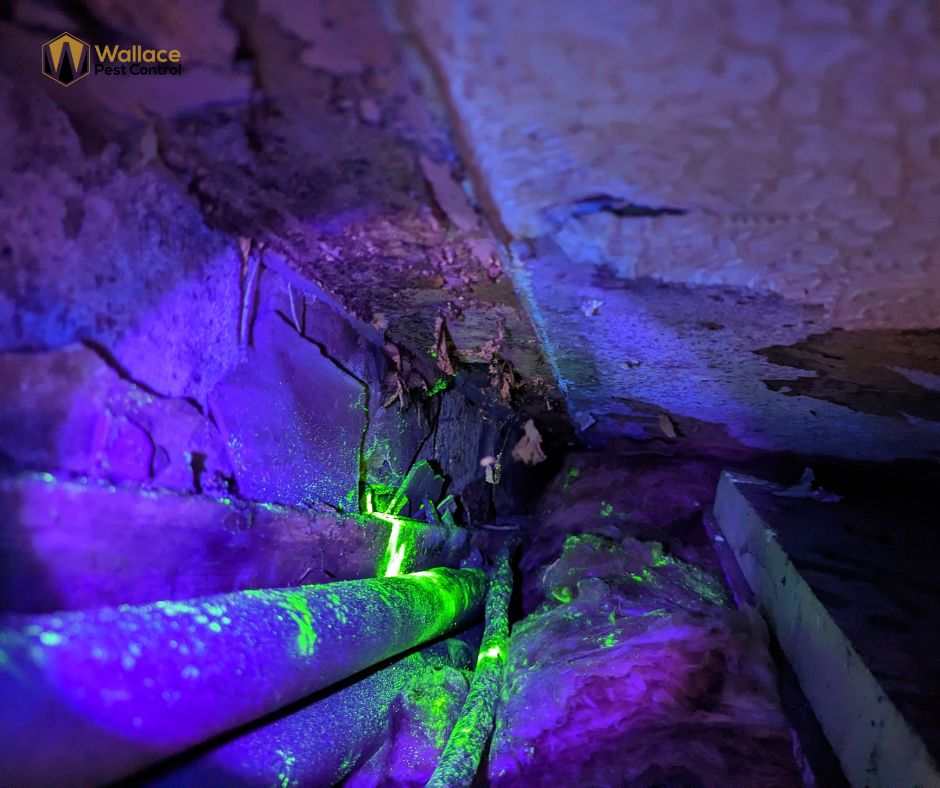
Case file: Three Storey Mystery in a “Problem‑Free” New Build
One detached, five‑year‑old home; all the paperwork, even the drain plans. Externals looked perfect—no gnawed vents, no burrows. Drains felt suspect, so we dropped UV‑reactive monitoring bait into each chamber. Forty‑eight hours later the loft glowed like a rave: fluorescent droppings on the insulation.
The culprit? A vertical internal soil stack running three floors. Rats had climbed inside it, then chewed through a flexible vent duct near the top, giving them the loft and, from there, the cavity walls. It took a combination of drain lining and duct replacement to close the loop—but first we had to prove the route.
Beware The “All Clear” That Isn’t
We’ve lost count of the times a camera operator has signed off a line as sound because it was “still holding water.” Show them the playback, freeze‑frame a thumb‑sized gap on the crown of a pipe, and you’ll hear: “Never thought a rat could get through that.” They can—and do. Choose a surveyor who understands rodent behaviour, not just pipe gradients.

Suspect your drains? Stop the damage before it starts.
- Book a £60 Pest Survey to trace the route.
- Install a £280 rat gate for breathing space while the drains are fixed.
☎ 07496 680 879 or click “Book Now” on our website—fast appointments across Lancashire. Find the fault, seal it properly, and give the rats their eviction notice.

